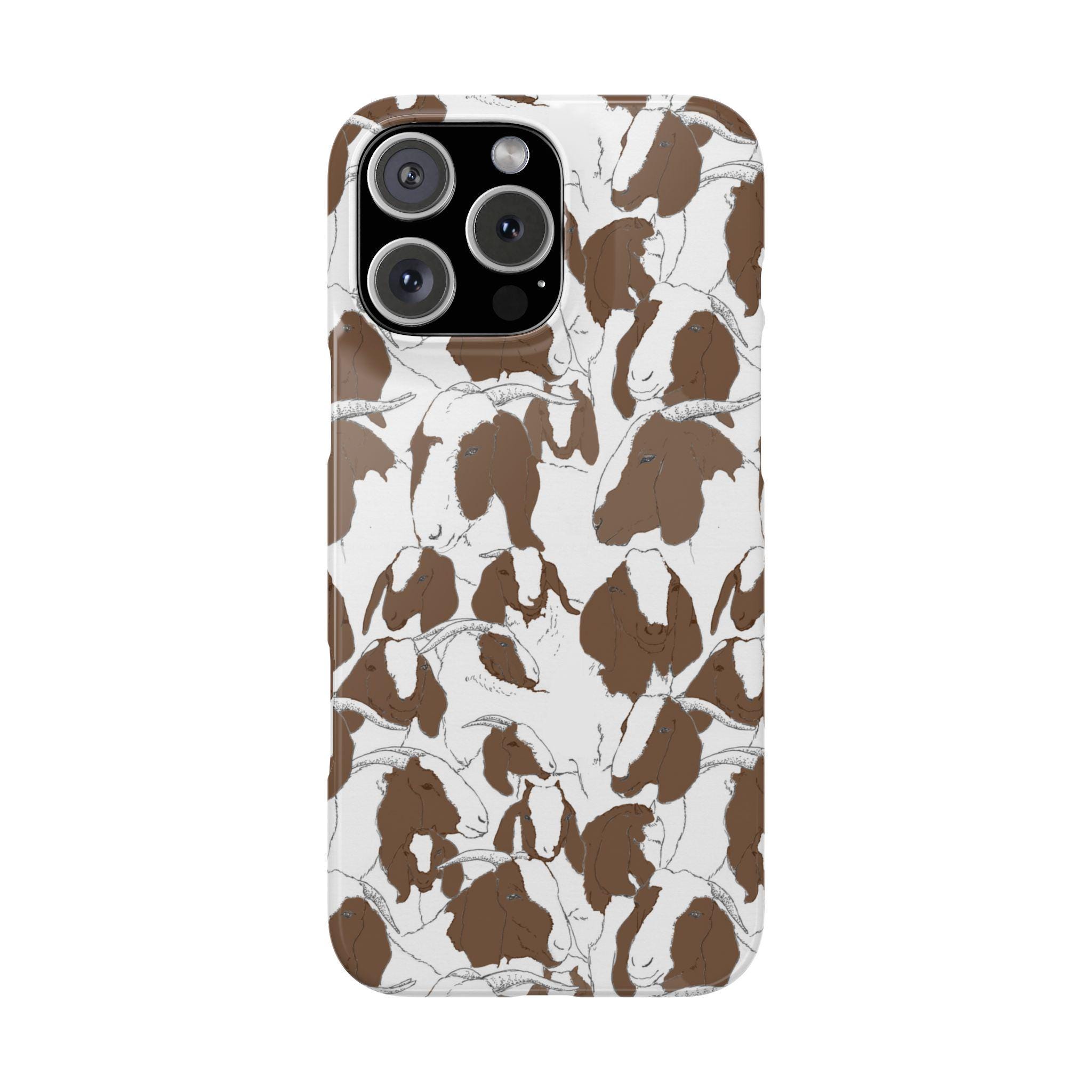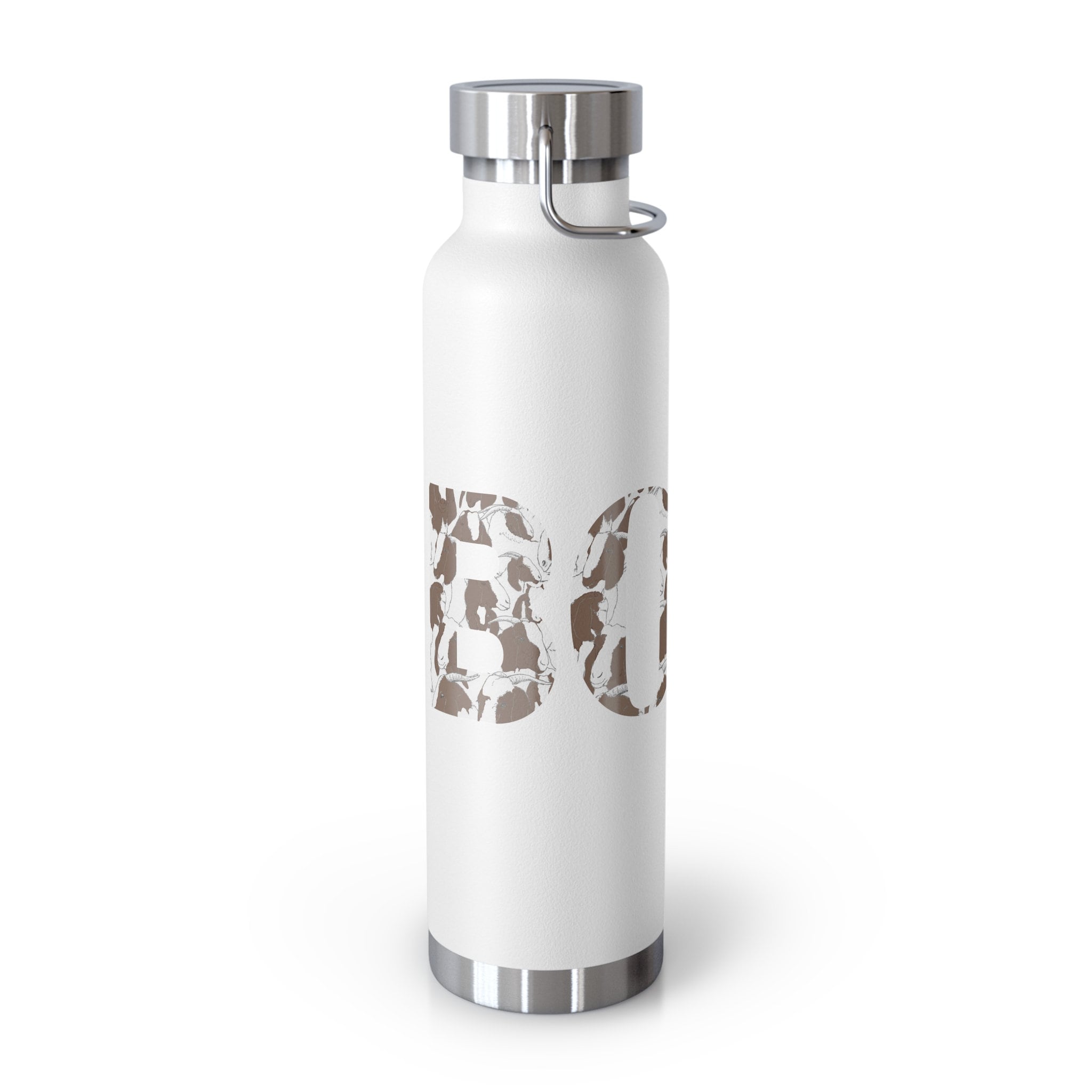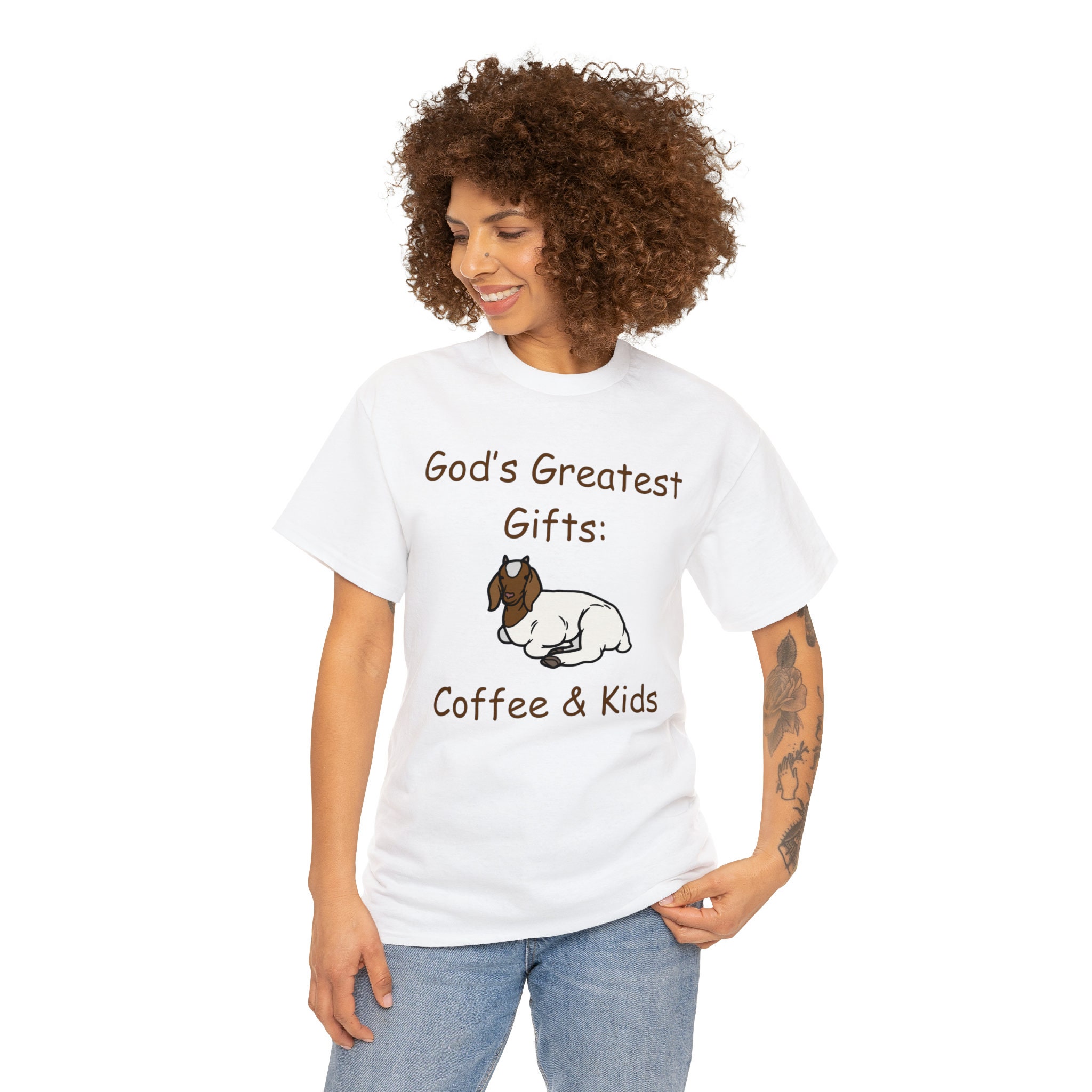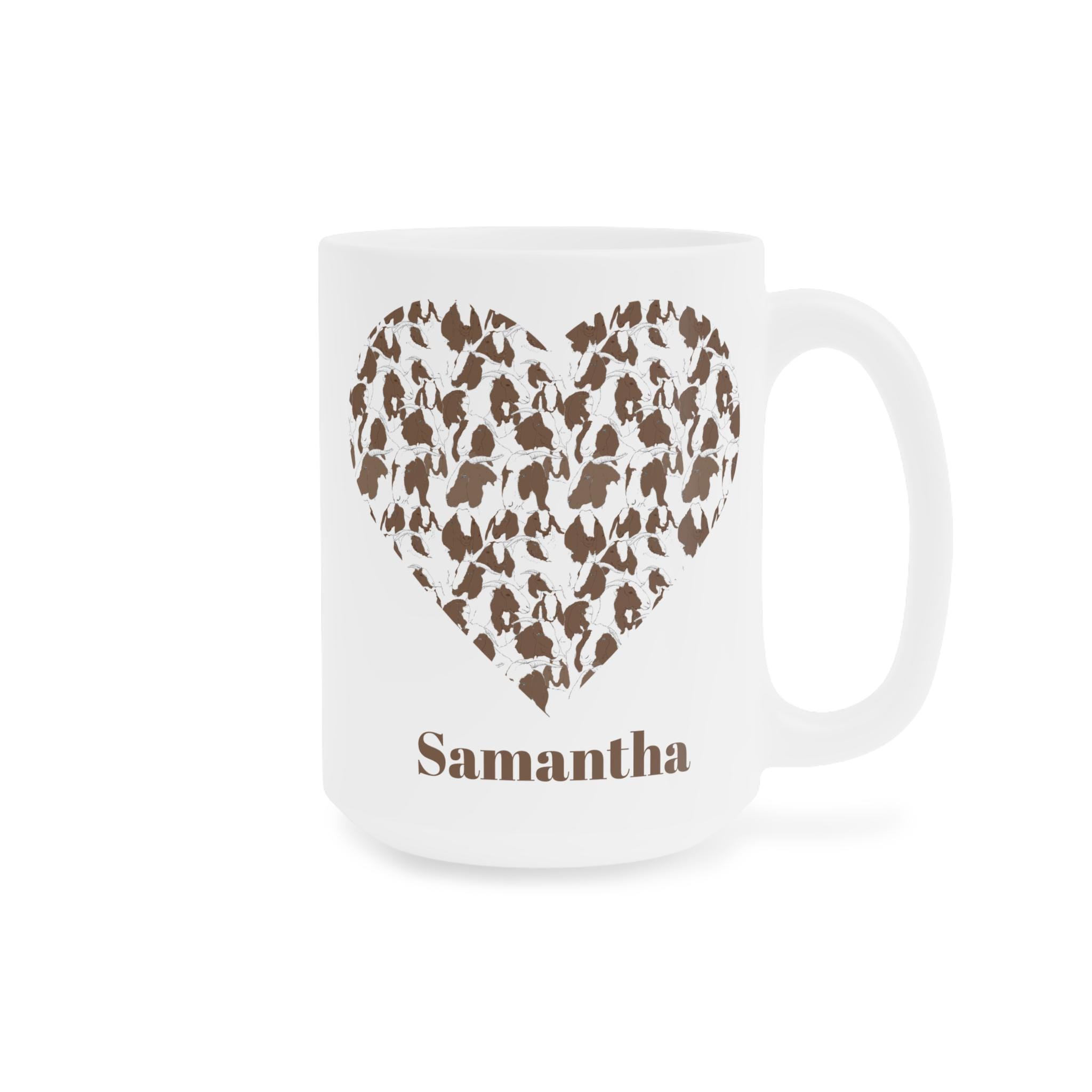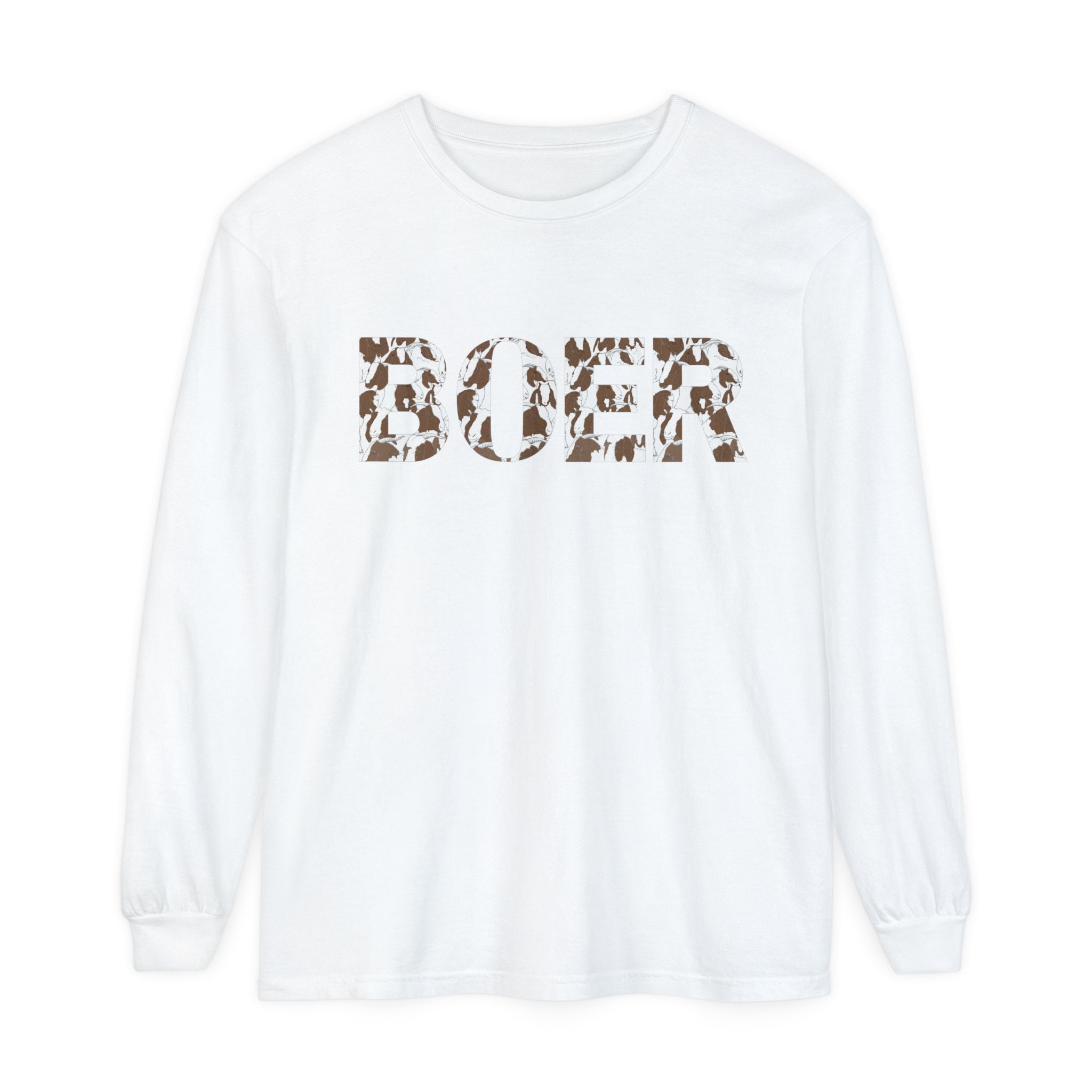The History of Boer Goats
Boer goats come to us from South Africa. The earliest recorded goats in Africa were brought to western Uganda by the Black Nations as early as AD 1200. Boer goats were developed in Southern Africa by breeding these ‘indigenous’ stock to European imports. The point, of course, was to have a hardy, very adaptable, meat animal that could survive the varied conditions of the African landscape while still maintaining a high birth rate, high survival rate, and a marketable meat carcass.
Researchers have had little luck pinning down an exact line of decent for the modern Boer goat. Early breeders include such varied and inexact groups as the "Southern Bantu" people, the Namaqua Hottentots, the Indians (from India) and Europeans. "Boer" means "farm" in Dutch.
By the beginning of the 20th century, however, the breed was becoming much more distinct as the ranchers in the Eastern Cape Province of Africa started breeding for a definite meat type goat with many of the Boer characteristics that we recognize today. The late Mr T. B. Jordaan of Buffelsfontein, Somerset East, stated in the first journal of the South African Boer Goat Breeders’ Association published in 1959, that his father, Mr. W. G. Jordaan, bought some goats from Mrs. Van de Venter of Somerset East. These goats were short haired and had light red heads. At the same time he bought a very large dapple-colored male goat from Mr. I. B. van Heerden of Kaalplass, Cradock. From these goats, some of the earliest breeding stock was developed.ii
On July 4th, 1959, breeding and selection became regulated by the foundation of the Boer Goat Breeder's Association (of South Africa). In the past forty years, the breed standards of this association have helped to guide and mold the Boer goat into an "improved" breed emphasizing good overall conformation, a compact and well muscled body structure, high growth and fertility rates, short white hair, darkly pigmented skin, and red markings on the head and shoulders. In 1970 the Boer goat was incorporated into the National Mutton Sheep and Goat Performance Testing Scheme, which makes the Boer goat the only known goat breed involved in a performance test for meat production.iii
In 1977, the Boer goat was imported into Germany. In 1987 Lancorp Corporation Ltd. imported Boers into New Zealand, and in 1988 they were imported into Australia. The first Boer embryos to reach the North American Continent were implanted into recipient does at Olds College in Canada. These goats stayed in quarantine until April 1993, when Boers were released into the United States and Canada. In New Zealand, three main parties were involved in the importation of South African Boer Goats: Lancorp Corporation Ltd., Embryotech Corporation, and African Goat Flock Co. In Australia the major importer was Australian Breeding Management Pty Ltd.
Since 1987 the Boer goat has been imported by New Zealand, Canada, Germany, Mexico, Australia, Indonesia, England, India, France, Malaysia, Denmark, British West Indies, Netherland Antilles, and virtually every state in the United States.

